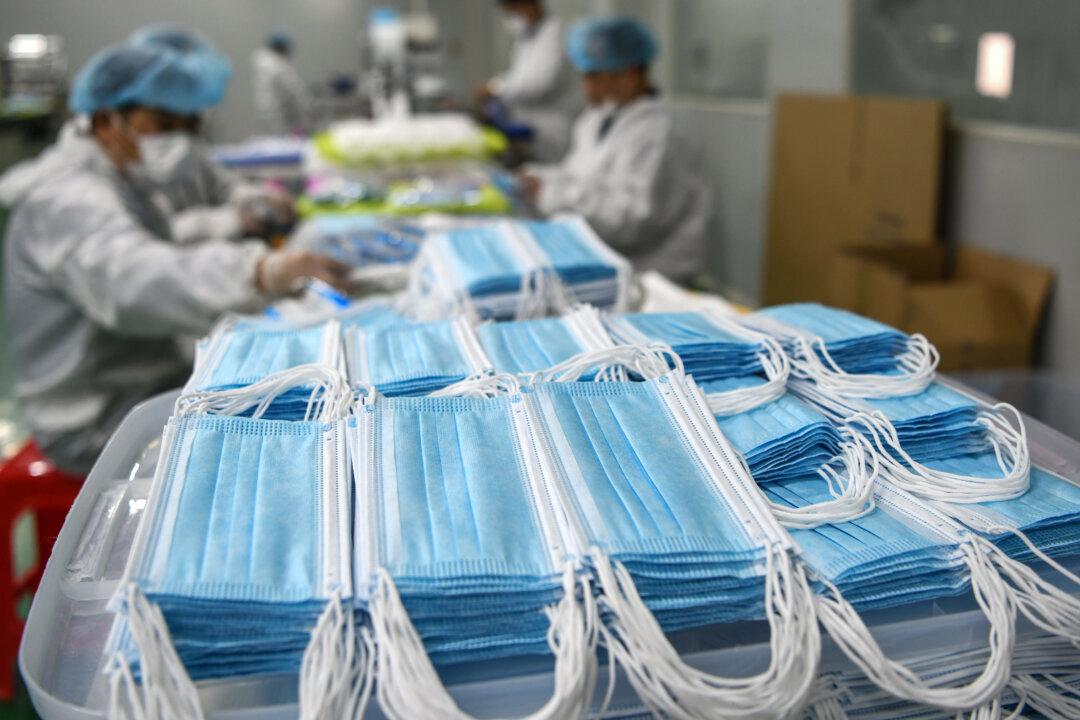Commentary
Amid the COVID-19 pandemic, the regime in Beijing has used the crisis as a business opportunity to export Chinese-made personal protective equipment (PPE) and medical supplies.

Amid the COVID-19 pandemic, the regime in Beijing has used the crisis as a business opportunity to export Chinese-made personal protective equipment (PPE) and medical supplies.